Eyelid lift for a radiant look
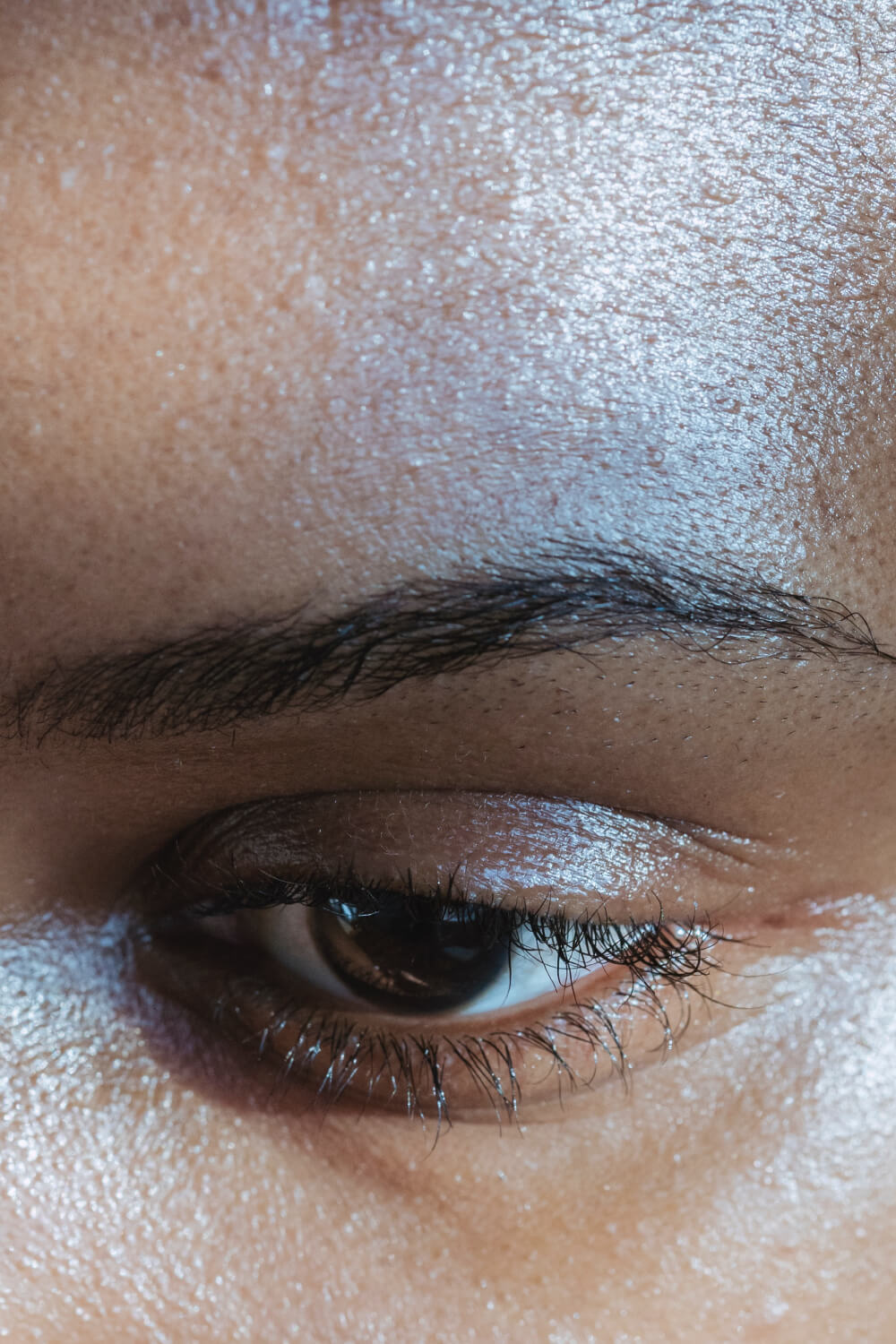
In brief
An upper eyelid lift, also known as blepharoplasty, is a surgical procedure to correct drooping eyelids or excess skin in the upper eyelid area. After a precise incision is made along the natural crease of the upper eyelid, excess fat, skin and muscles that cause the drooping eyelid are removed. After removal, the skin is gently tightened and the wound is
closed with fine sutures. The scars are hidden in the natural crease of the eyelid, making them virtually invisible, and after full recovery you will notice a marked improvement in the appearance of your eye area, including a more open look, more youthful skin and improved field of vision.
What motivates people to have an eyelid lift?
Especially in this day and age, the first “eye contact” is extremely important. In the recent past, we have become accustomed to wearing masks on a daily basis, which has made the role of our eyes in personal communication even more important.
However, our vision can become blurred: Sagging, drooping skin on the upper eyelids makes us look tired and worn out.
This condition is perceived as a great burden by those affected.
An upper eyelid lift offers an effective and lasting treatment method to restore a young, vital look to the face.
The result is a natural friendliness and freshness.
The removal of this small area of skin produces an extremely positive change for the psyche and self-confidence.
What is an eyelid lift?
An eyelid lift is still one of the most frequently performed operations in aesthetic surgery. Excess skin is precisely removed from the upper or lower eyelid. The skin edges are then sutured with a wafer-thin thread.
The precise removal of skin, possibly muscle and fatty tissue can achieve a significant rejuvenating effect. The result is a fresh, friendly and radiant facial expression.
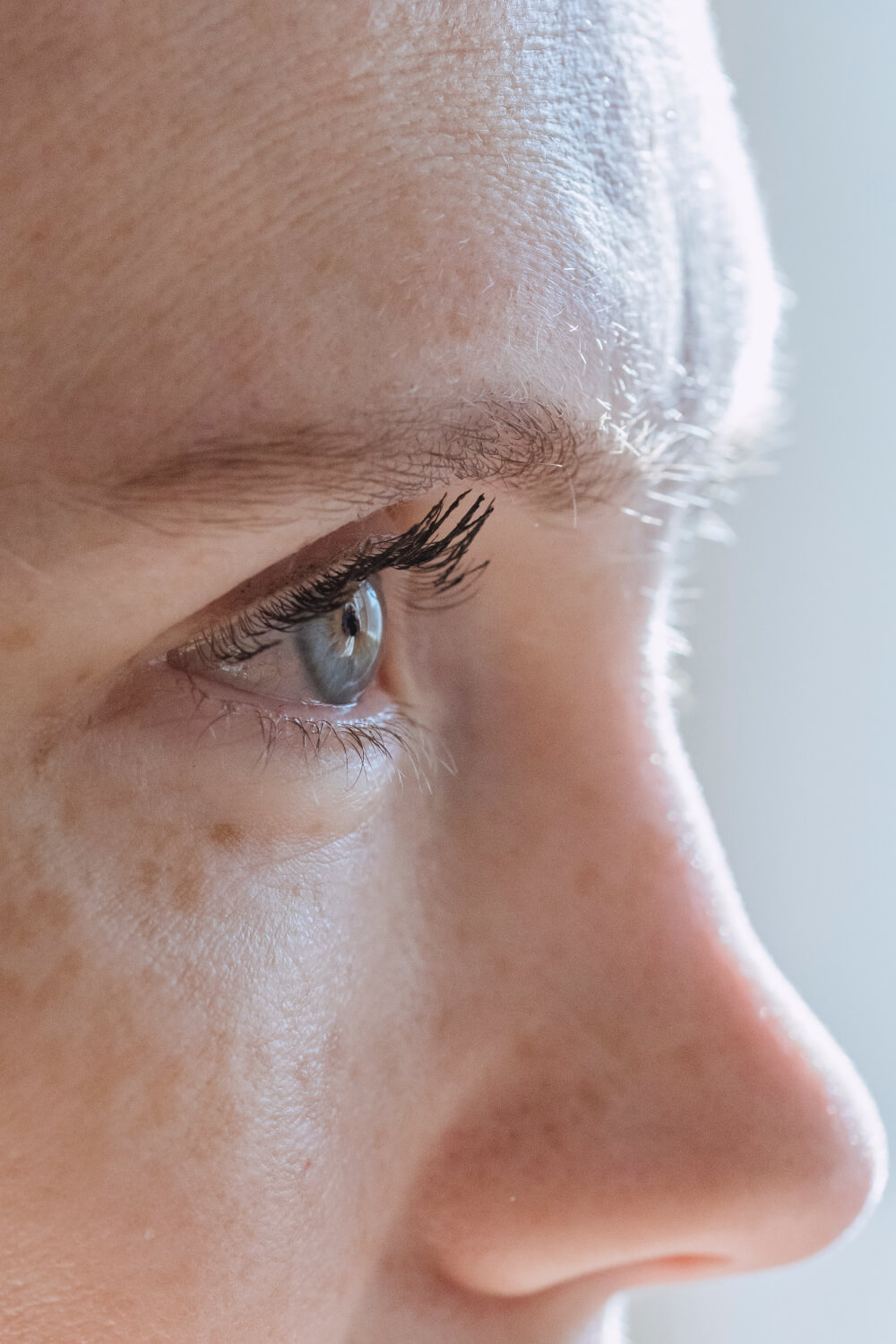
Different terms clearly defined
Even though the eyelid lift is one of the most common operations in aesthetic surgery, there is often confusion about the exact term. Terms such as eyelid lift, blepharoplasty, eyelid correction or drooping eyelid surgery are used. However, they all describe the same procedure.
An eyelid lift or eyelid correction is an operation in which excess skin is removed from the upper eyelid or lower eyelid. Accordingly, it is divided into upper eyelid lift/upper eyelid blepharoplasty (medical term: blepharoplasty) or lower eyelid lift. Colloquially, excess skin on the upper eyelids is also referred to as drooping eyelids, so that the term drooping eyelid surgery has become established.

Who is an eyelid lift suitable for?
With increasing age, the connective tissue fibers of the skin slacken. This results in sagging upper eyelids that leave a tired facial expression. Those affected suffer considerably from this condition, which often occurs gradually, and often have a restricted field of vision.
Who is an eyelid lift not suitable for?
Excess skin on the eyelids can also have other causes in rare cases. It is therefore particularly important to determine whether the skin on the upper eyelid is actually caused by a loss of elastic fibers or possibly a drooping of the forehead or eyebrow. These alternatives can cause similar symptoms and thus lead to a misdiagnosis.
In some cases, it is possible to stop the drooping with conservative muscle relaxant treatments and thus avoid surgery.
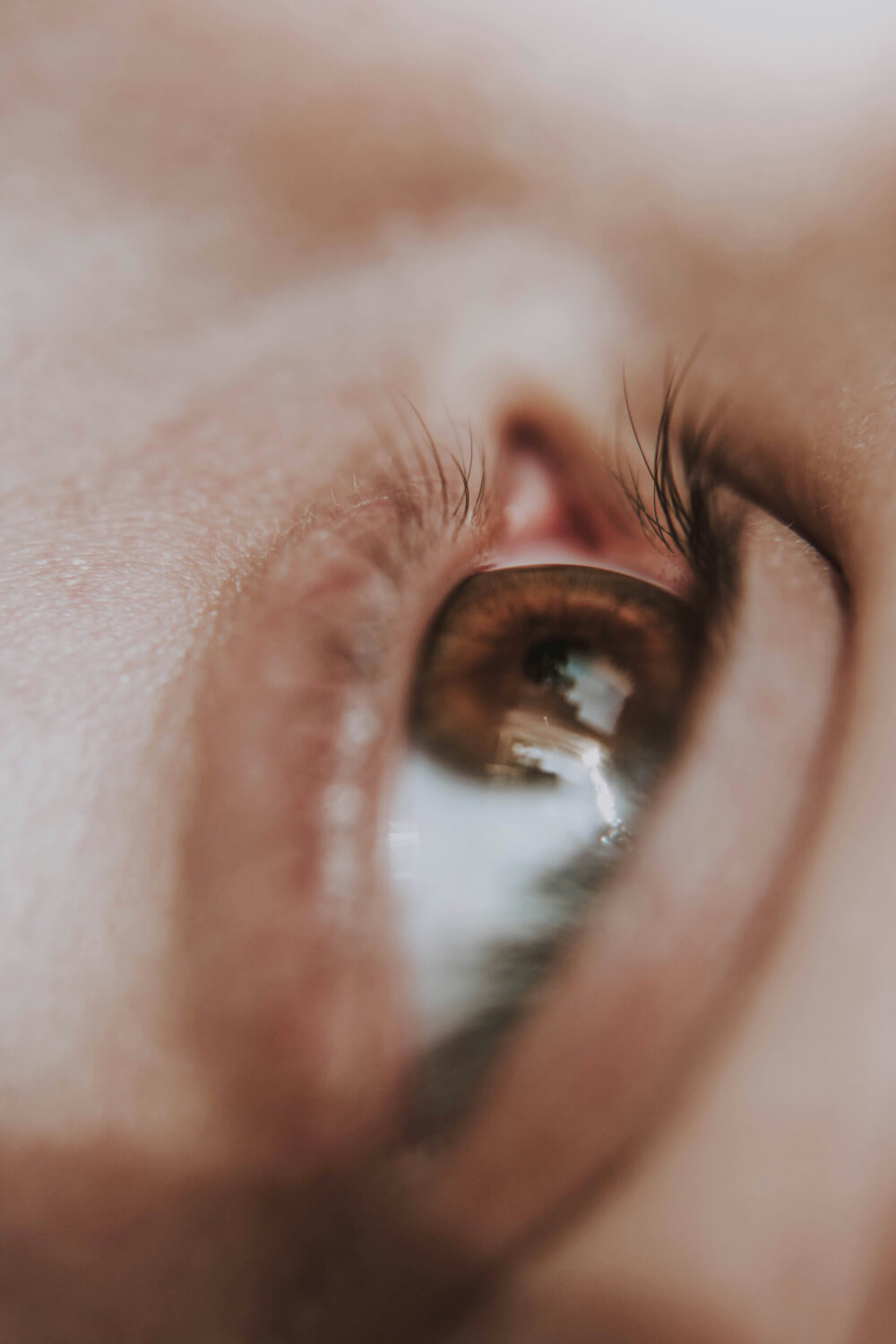
When is the best time?
There is generally no time pressure here. Patients often notice an increasingly tired facial expression late. Increased online meetings, where you are constantly looking at yourself “in the mirror”, can make you aware of this condition sooner. The restriction of the visual field is regularly an advanced condition and should therefore be corrected promptly, regardless of the aesthetic appearance, as it can lead to relevant impairments in everyday life.
Any month can be chosen for the timing. However, it should be noted that the scar resulting from the operation should be protected from direct sunlight for the first few months.
What type of anesthesia is necessary?
Minor procedures such as upper eyelid correction are usually performed under local anesthesia. Patients can be given a sedative on request, which does not put them to sleep but allows them to relax more easily during the operation. As the procedure takes around 30-45 minutes, patients tolerate this form of anesthesia very well. Sensitive patients can also be given a twilight sleep on request. There are extra costs for this. General anesthesia is not necessary and is only used for combination procedures.
Can the upper eyelid lift be combined with other procedures?
Eyelid correction can be combined with many other procedures. Patients often opt for an additional autologous fat transplant to fill volume defects in the face.
Surgical and conservative alternatives
There are various conservative and surgical alternatives for many operations. It is therefore necessary to consider these carefully before any surgical intervention. If the use of a scalpel can be dispensed with due to conservative alternatives, these are of course preferable.
In the case of eyelid surgery, however, the non-surgical alternatives are limited. If the excess skin on the upper eyelids is due to drooping of the eyebrows/forehead region, a muscle relaxant could help. Skin folds or retracted areas in the lower part of the eye can also be corrected with the help of autologous fat grafting.
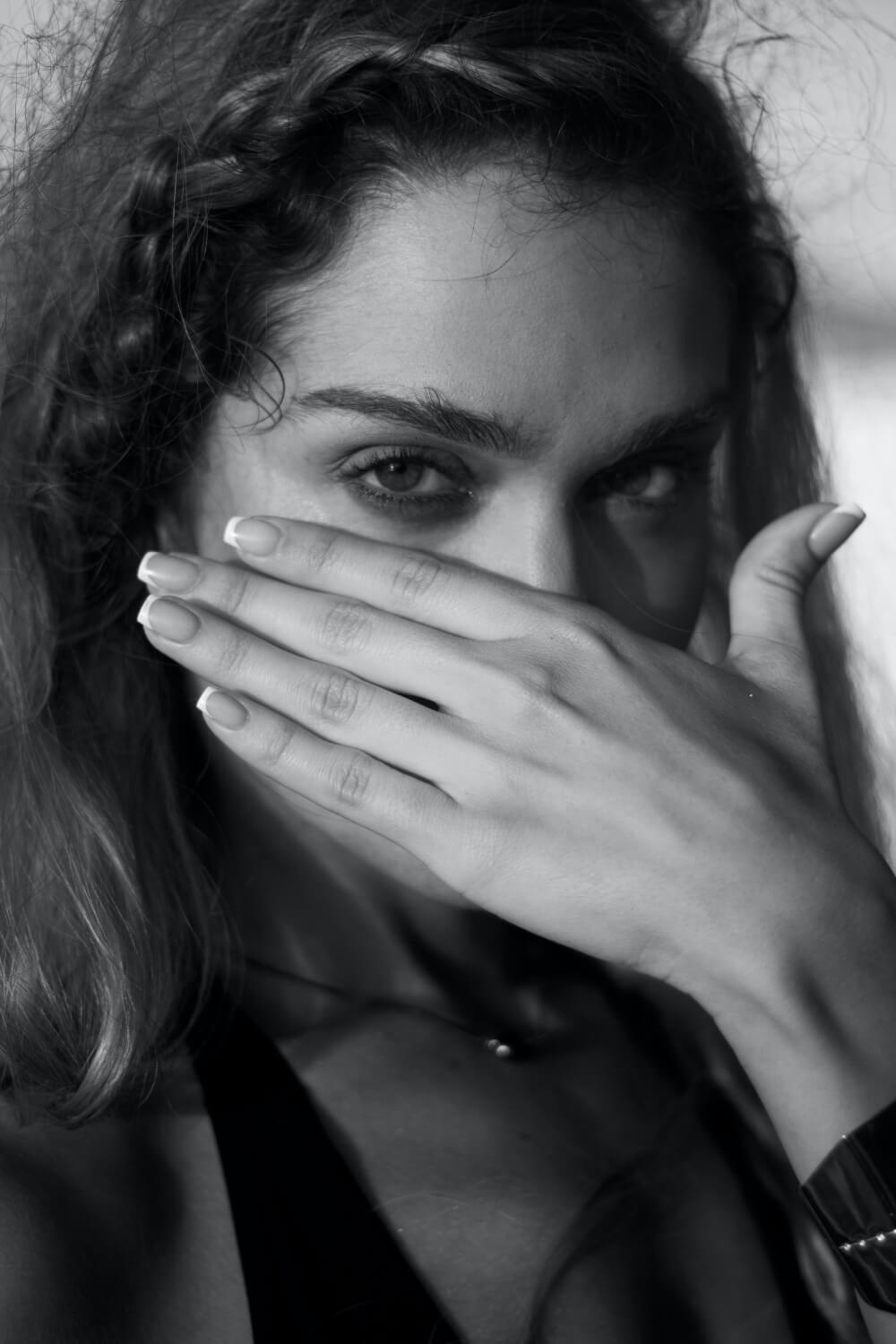
Photos
The pictures below show examples of primary eyelid lifts that have been successfully performed in my practice. Different techniques were used to achieve a more youthful and radiant appearance of the eye area. Each pair of images presents the condition before the procedure and approximately 4-6 months afterwards. This period of time is crucial to adequately assess the final result, as the eye area continues to develop in the first few months after surgery. This factor is carefully taken into account when planning the procedure to ensure a satisfactory and long-lasting improvement.

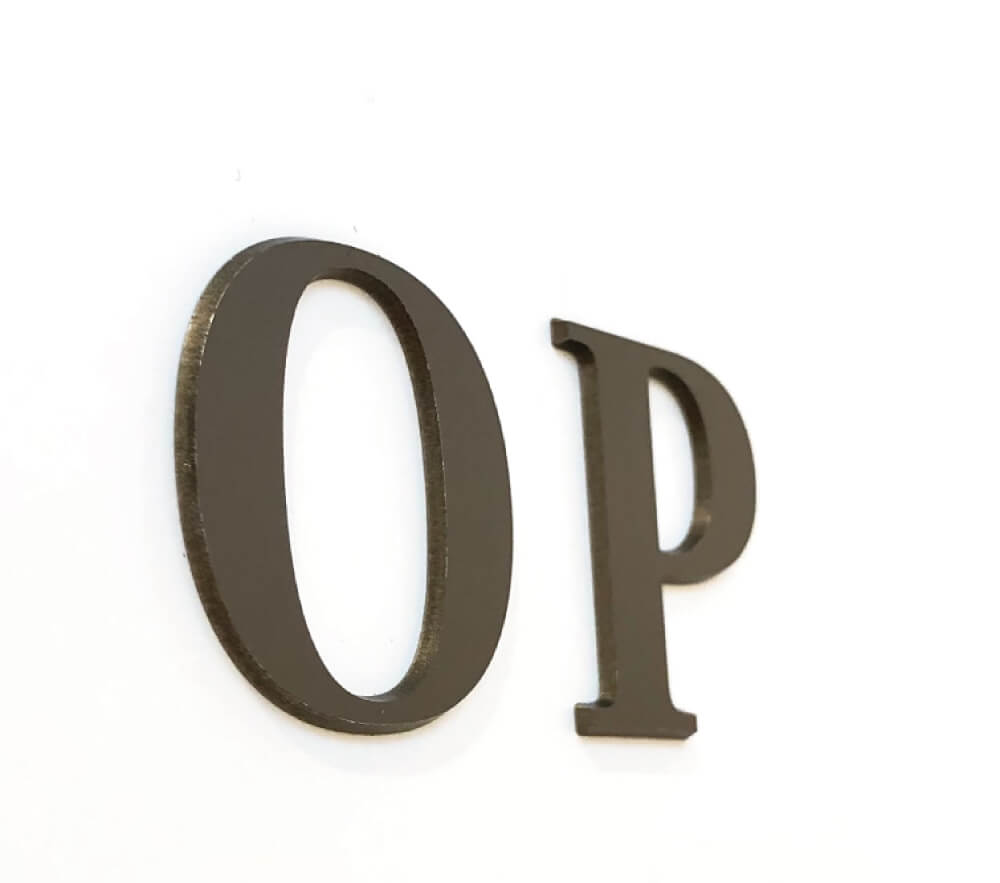
Is this operation performed on an outpatient or inpatient basis?
We perform the upper eyelid lift in our operating room in the surgery. It is usually an outpatient procedure. You should allow approx. 2-3 hours for the entire procedure. If you require a sedative or some form of sedation, your body will need some time to eliminate these substances after the operation. You are welcome to stay in our surgery until you feel fit again. We recommend that you stay with us for the first few hours after the operation and for the first night. It is not uncommon for the operation to cause slight swelling or irritation around the eyes, which can restrict vision. Active participation in road traffic should therefore be avoided.
Risks and complications
During surgical procedures, skin and tissue as well as underlying structures are dissected with a scalpel or scissors. Despite all precautions, complications of varying severity can occur. It is important that you are adequately informed about all possible risks and complications before a planned operation. During the initial consultation, we will go through a corresponding information sheet with you.
Minor complications
As with all surgical procedures, hematomas (bruising) or swelling may occasionally occur. This should pass after a short time and appropriate cooling. Cleaning the face with disinfectant during the operation occasionally causes irritation of the conjunctiva. This can last for a few days. We therefore recommend organizing moisturizing eye drops before a planned operation. In rare cases, persistent swelling and lymphatic drainage disorders occur after eyelid surgery. Although this is not a permanent condition, those affected describe this development as unpleasant. We therefore recommend a lymphatic massage and will instruct you accordingly if you experience this rare complication. You can significantly accelerate lymphatic drainage by performing massages yourself.
Rare major complications
Compared to other plastic and aesthetic procedures, an upper eyelid lift is a minor procedure with a manageable surgical risk. If too much tissue is accidentally removed during the procedure, a so-called eyelid closure disorder can occur. In the worst case scenario, this complication can lead to the conjunctiva drying out, which in rare cases can lead to corresponding damage. It is therefore extremely important that the marking is made before the planned operation and checked during the operation before any skin is removed. This check also reduces the risk of asymmetries and uneven scarring.
What can be done in the event of complications?
If, contrary to expectations, complications occur, we will not leave you to deal with them alone. After the operation, you will be given an emergency number where you can reach us 24 hours a day.
Healing and progression
Once patients have decided to have surgery, there is great anticipation of the result. However, depending on the procedure, there is a long way to go. You will need to be patient until the final result is achieved. If you know what to expect before your planned operation, this path will be easier.
How long does it take to heal?
Wounds on the face heal quickly and usually without complications. We remove the stitches after the wound has healed on the 5th-7th day after the operation. The scars will still appear slightly red and will fade over the coming weeks.
Is the treatment painful?
The upper eyelid lift is not painful, only the injection of the local anesthetic can be felt for a few seconds. Afterwards, you will notice a slight pressure on the upper eyelids. We will inform you about every step of the operation and let you know exactly when you may feel pressure or a slight pulling sensation. After the treatment, the effect of the local anesthetic lasts for about 2-3 hours. After that, painkillers such as paracetamol may be necessary in rare cases.

When can the final result be expected?
The swelling is expected to be completely gone after about 8 weeks.
A fine, barely visible scar will remain in the fold. In most patients, this will heal smoothly and without irritation, even without scar ointment or massage. If you are prone to more severe scarring, we will be happy to recommend appropriate silicone ointments.
What should patients plan?
A surgical procedure requires a certain amount of planning and organization not only for the surgical team, but also for the patient, both before and after the operation. It is important that you are well prepared and know what to expect. This allows you to concentrate fully on enjoying the result.
One of the most important questions before any surgical procedure is the “why”. You should be clear about why you want to have surgery in the first place. Once you have answered this question and made a decision, the following questions should definitely be clarified: How? By whom? When?
I will be delighted if you find your way to my surgery and would like to be operated on by me. However, I also recommend all my patients to get a second opinion. You should be absolutely sure about the date and surgeon.
Plan the time before your operation
Before any eye surgery, we recommend an eye examination by an ophthalmologist to ensure that there is no underlying eye disease. As soon as you have decided to have the operation after a detailed consultation and medical history, you should plan the time after the operation with your work or family accordingly. Although a longer period of absence is not to be expected, hematomas may affect your ability to socialize. We strongly recommend that you discontinue blood-thinning medication and high-dose vitamin infusions if possible.
Plan your time after your surgery
After upper eyelid correction, you may not expect long periods of downtime, but the time afterwards should still be well planned. Engaging in social or private obligations may be hindered by the visible hematoma. Additionally, it is advisable to plan your “time out” with your employer and family prior to the surgery. It’s not uncommon for patients to experience emotional changes alongside physical ones after surgery. If you anticipate a stressful work phase, we recommend considering postponing the surgery if possible
What does surgery cost?
Lower eyelid tightening starts at €2000. Should an additional fixation of the eyebrow be necessary, this will influence the surgery time and thus the price. If you combine your eyelid correction with other procedures such as autologous fat transplantation, combination prices can be offered.

Financing, down payment, installment payment
We also offer the possibility of financing and installment payments. We will be happy to inform you about this during a personal consultation. If you decide on a surgery date after our consultation, we will arrange a down payment of €500 to reserve a date accordingly. You can settle the remaining amount on the day of the operation or in advance.
